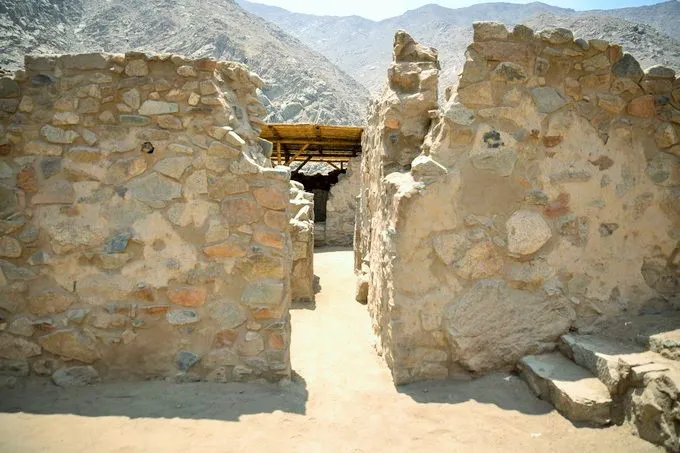Hatun Xauxa, also known as Jauja, is a significant historical site located in the central highlands of Peru. It was once a major administrative center of the Inca Empire, established by Pachacuti Inca Yupanqui. The site is renowned for its strategic importance and its role in the expansion of the Inca civilization. Hatun Xauxa holds a wealth of archaeological evidence, including ruins of buildings, plazas, and other structures that offer insights into Inca urban planning and culture.
Get your dose of History via Email
Historical Background of Hatun Xauxa
Archaeologists discovered Hatun Xauxa during explorations of the Inca heartland. The site dates back to the 15th century, built under the orders of Pachacuti Inca Yupanqui. It served as a vital administrative hub during the Inca Empire’s peak. The city was strategically positioned along primary trade and military routes, enhancing its importance.
Spanish conquistadors, led by Francisco Pizarro, encountered Hatun Xauxa in the 1530s. They documented its existence and the significant events that unfolded there. The city witnessed pivotal moments during the Spanish conquest of the Inca Empire. Later, it became a Spanish colonial settlement, undergoing transformations that reflected European influences.
The Incas were the original builders of Hatun Xauxa. They designed it to exemplify their architectural and urban planning prowess. After the Spanish conquest, the site experienced cultural and structural changes. It became a melting pot of Inca and Spanish influences, evident in the remaining architecture.
Historically, Hatun Xauxa was more than an administrative center. It was a symbol of Inca power and a testament to their sophisticated society. The site has been the focus of various historical studies, aiming to understand the Inca civilization better.
Today, Hatun Xauxa is an archaeological treasure that continues to reveal secrets of the past. It stands as a reminder of the Inca’s grandeur and the tumultuous period of Spanish conquest. The site attracts historians, archaeologists, and tourists alike, all eager to explore its historical significance.
About Hatun Xauxa
Hatun Xauxa is a testament to Inca engineering and urban design. The site features a complex layout with plazas, residential areas, and administrative buildings. These structures showcase the Incas’ skill in stone masonry and construction techniques.
The city was built using local materials, primarily stone and adobe. The Incas employed their characteristic trapezoidal shapes and precise stone fitting in the construction. These techniques ensured the structures’ durability, some of which still stand today.
Architectural highlights of Hatun Xauxa include its central plaza and the remains of what might have been a temple or palace. The plaza was a focal point for social and ceremonial activities, while the temple or palace would have been a site of religious and political importance.
Despite the Spanish alterations, many original Inca features remain visible. These elements provide a glimpse into the city’s original appearance and function. They also offer clues about the daily life of its inhabitants.
Over time, natural erosion and human activity have affected Hatun Xauxa. However, conservation efforts aim to preserve its historical and cultural legacy. The site continues to be an important subject of study for understanding Inca civilization.
Theories and Interpretations
Several theories exist about Hatun Xauxa’s purpose and significance within the Inca Empire. Some suggest it was a strategic military outpost, while others believe it was a center for trade and commerce.
The site’s layout and architecture have led to interpretations of its use. The large plazas may have hosted public gatherings or ceremonies. The residential areas indicate a sizable population lived and worked there.
Mysteries surround Hatun Xauxa, particularly regarding its role in the Inca’s administrative system. Some historians propose it was a model for subsequent urban developments in the empire.
Archaeological excavations have matched some aspects of Hatun Xauxa to historical records. These findings help to confirm theories about the site’s function and importance.
Dating of the site has been carried out using methods such as radiocarbon dating and stratigraphy. These techniques have helped establish a timeline for the city’s construction and use.
At a glance
Country: Peru
Civilization: Xauxa people, later the Inca Empire
Age: 15th century AD
Conclusion and Sources
Reputable sources used in creating this article include:

